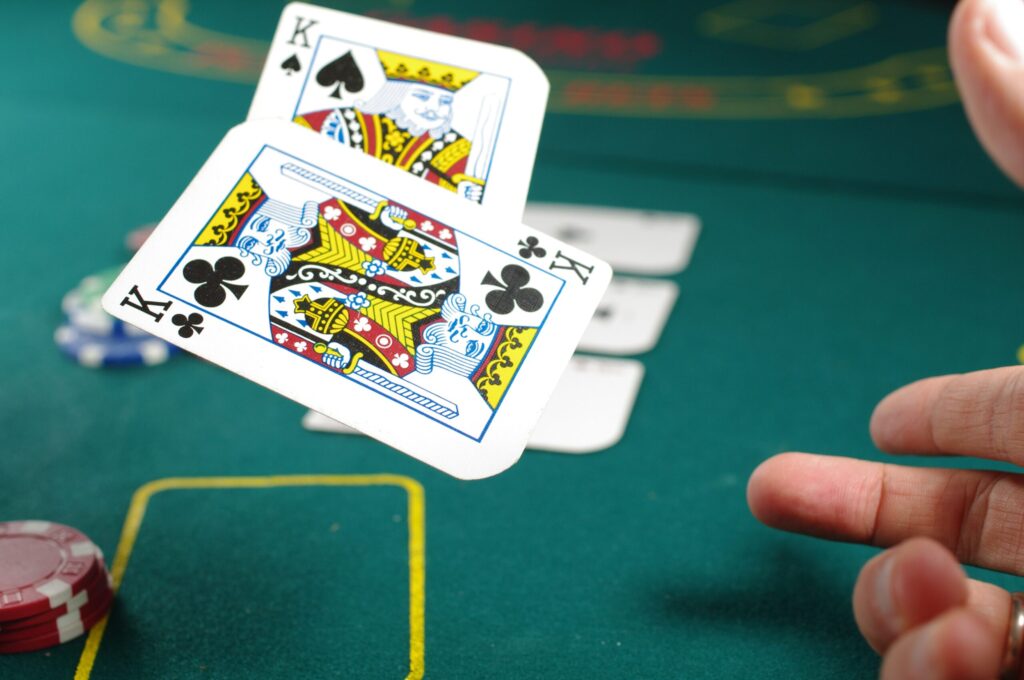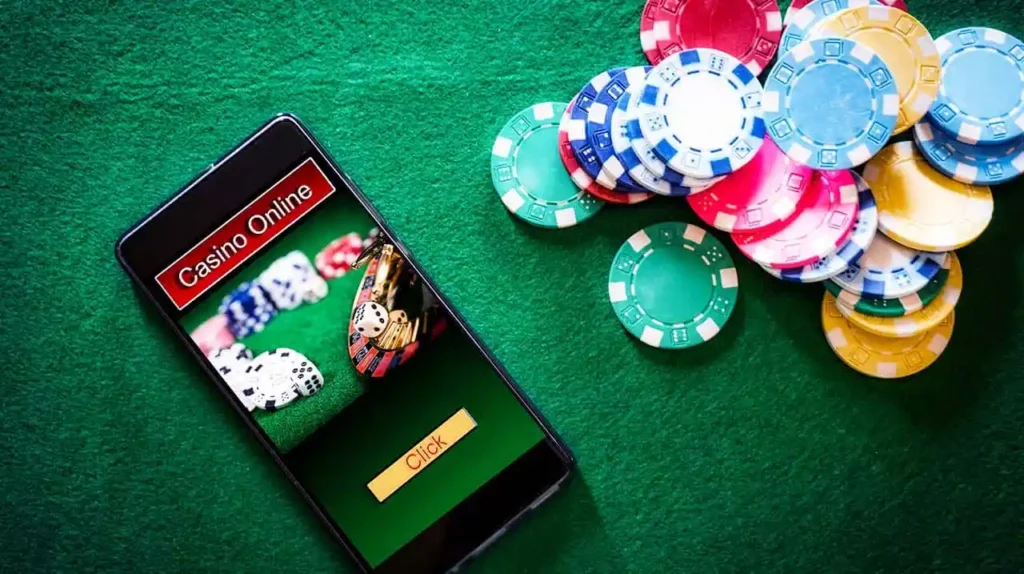
Online vs. Offline Poker: The Tougher Mind Games of Bluffing and Identifying Tells
Poker, a game that intricately blends skill, strategy, and psychology, manifests uniquely in its online and offline forms. Each environment presents distinct challenges in the art of bluffing and reading tells, key elements that distinguish a novice from a master. This exploration compares the complexities of online and offline poker, focusing on the psychological elements of bluffing and identifying tells.
Bluffing: The Art of Deception

Offline Poker: Mastering the Physical Tell
In the tactile world of offline poker, bluffing is an art that intertwines with the science of human behavior. Physical tells – involuntary reactions, gestures, or expressions – are pivotal in understanding an opponent’s hand. Seasoned players harness the power of observation, scrutinizing everything from a player’s eye movements to their breathing patterns. Mastery in offline poker is not just about playing the cards but reading the people.
Online Poker: The Digital Poker Face
The digital realm of online poker, exemplified by platforms like Jet77, strips away the physical aspect of tells, compelling players to adapt their bluffing strategies. Here, the focus shifts to betting patterns, timing, and the use of the chat feature. Players analyze how quickly bets are placed, changes in the size of the stakes, and any patterns that emerge over time.
Identifying Tells: The Psychological Edge

Offline Poker: Deciphering Subtle Cues
In offline poker, identifying tells is akin to unraveling a psychological puzzle. Players must become adept at interpreting subtle cues – a nervous glance, a confident posture, or a momentary hesitation. This skill goes beyond the cards; it delves into the realm of psychological warfare, where keen observation and experience play crucial roles. The ability to decipher these cues can turn the tide of a game, offering insight into an opponent’s strategy.
Online Poker: Analyzing Patterns and Behaviors
Online poker, devoid of physical interaction, demands a different approach to identifying tells. Players rely on behavioral patterns discernible through gameplay. The speed of decision-making, the consistency of play style, and the reaction to different game situations provide valuable clues. Online players must develop an analytical mindset, focusing on patterns and probabilities rather than physical signals. This form of tell identification requires a deep understanding of the game’s mechanics and an ability to adapt to varying styles of play.
The Evolution of Strategy: Adapting to Different Environments

Offline Poker: Traditional Tactics and Adaptation
Offline poker has long been the bastion of traditional strategies, where experience and intuition play significant roles. Players in this environment have honed their skills through years of face-to-face interactions, learning to trust their instincts and read their opponents.
Online Poker: Technological Influence and Data-Driven Decisions
In contrast, online poker thrives in a digital landscape where technology and data reign supreme. The availability of software and tools allows players to analyze their gameplay, study hand histories, and make more informed decisions based on statistical data.
Conclusion
In conclusion, both online and offline poker present unique challenges in the realms of bluffing and identifying tells. Offline poker thrives on the ability to read physical cues, while online poker demands astuteness in understanding behavioral patterns. Both forms require a deep understanding of human psychology and a strategic approach to the game, making poker a continuously evolving and intellectually stimulating pursuit for enthusiasts worldwide.